Words Ken BaronImages Mamastudio
It’s hard to imagine that a European city could want for outside-the-box creativity in the field of design. But when that city had long been set behind the Iron Curtain, as Warsaw was, then outside-the-box thinking was more likely out of the question. Enter Magdalena Ponagajbo and Michał Pawlik, who founded the internationally renowned, award-winning Mamastudio—a trendsetter in graphic design that turned the old-school tradition of Warsaw on its head. With the studio quickly getting work, the duo brought on Piotr Ręczajski to do brand strategy, positioning, and marketing—what he calls “the boring but important stuff!”
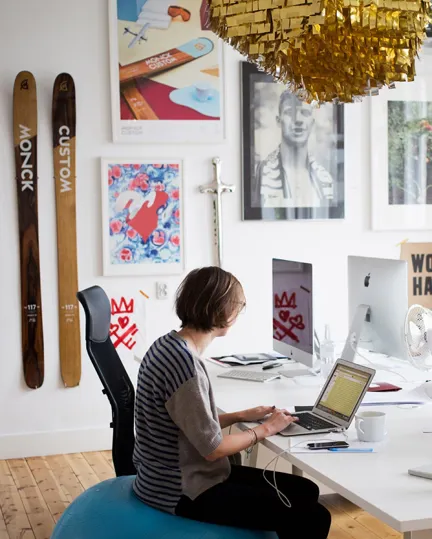

Following a decade-plus of great success, a new challenge beckoned. Their bold move into hospitality not only allows Mamastudio to design for itself, but through Autor Rooms it celebrates the work of fellow creatives across the country.
Piotr Ręczajski: We were the worst clients you can imagine! Demanding, picky, relentless. It’s much easier to design for someone other than for yourself.
Magdalena Ponagajbo: Yes, we were a very difficult client to please! [she laughs]. But in truth Autor Rooms was also a great opportunity for fun. Most of the time we work with corporate clients, so we are limited in our playfulness. This time we could create the look, the atmosphere, the brand that we wanted. Plus, our artist friends loved working on the hotel because we gave them great freedom. They were involved in the creative process, and not just handed a mood board and told, “Do this!”
Michał Pawlik: Actually, the biggest challenge wasn’t our own many demands, it was time! We also had our regular clients and to juggle our business activities. The hotel took three years to develop. We had to keep convincing ourselves that it would work. And now there is no place like it in Warsaw.
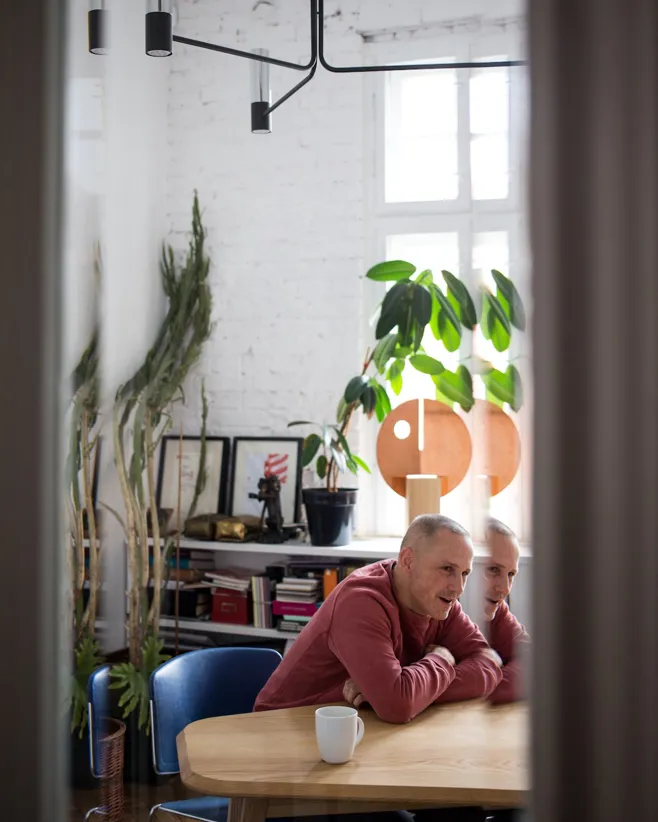
Michał Pawlik
Pawlik: The entire hotel is filled with Polish art, crafts, and design. We have the new creations, of course. But it was a challenge for us to find pieces of design from before the war and from the 1960s. We researched and researched, but during Communist rule, Poland didn’t produce that much. We had like three kinds of chairs! There was no modern way of thinking. But you could find really beautiful pieces if you looked hard. And we did. We collected them and combined them with new stuff by Polish designers we love. Everything in the hotel is Polish! As designers, it’s kind of like a dream house for us. It shows the history of Polish and Warsaw design.
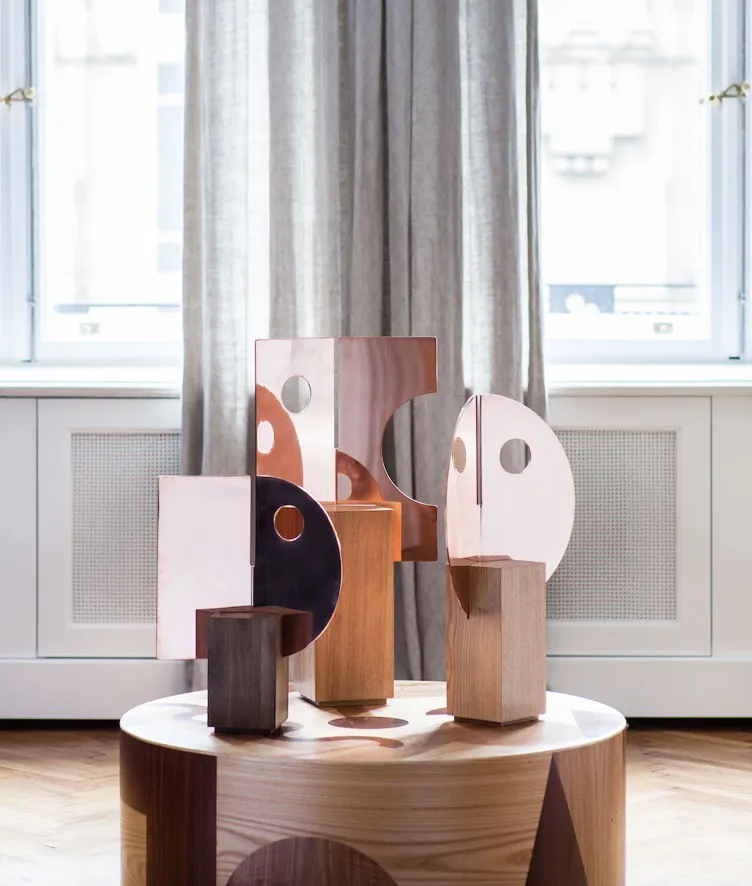
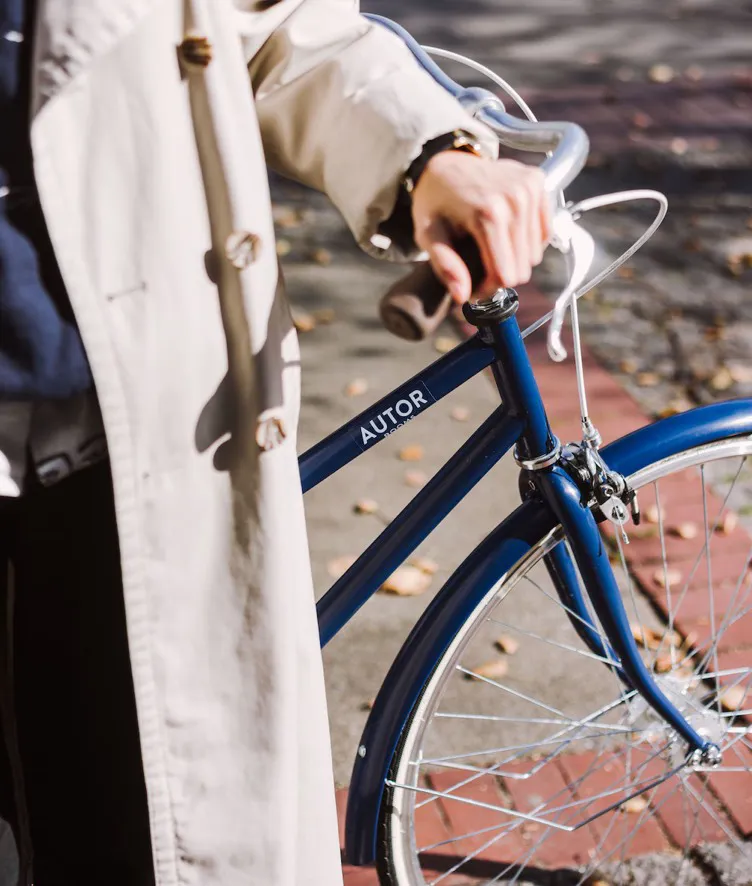
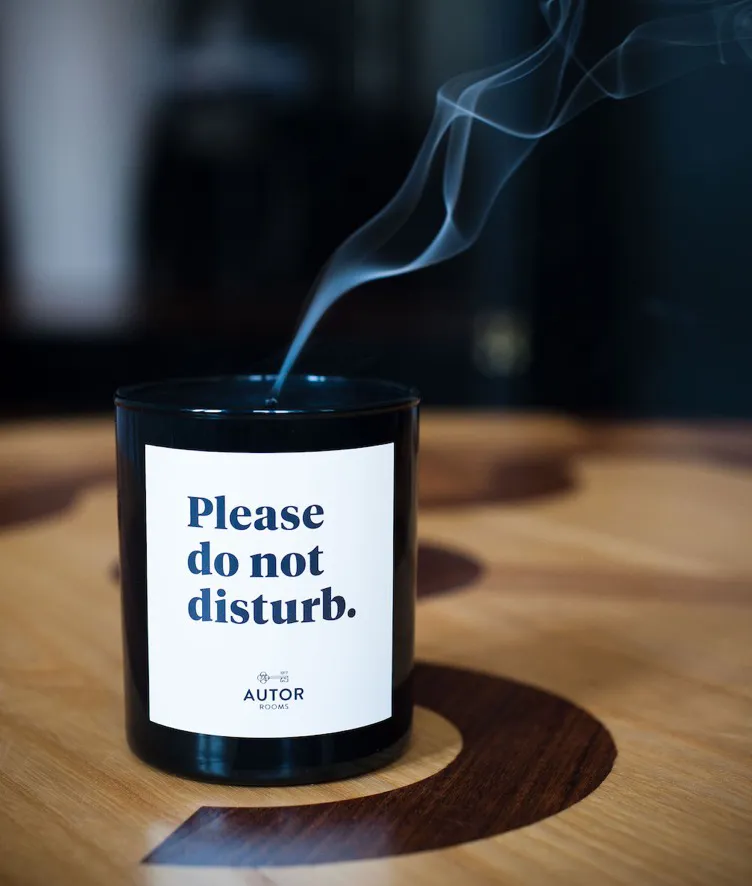
Ponagajbo: Our guests come from all over: New York, London, Italy. They have seen the best design that the world has to offer. So how can you impress these people? We felt we could do that by offering a design experience that is unique to Warsaw, one they can’t have elsewhere. Thus, the hotel needed to be something Polish, something local. Everyone knows Danish design, even people who haven’t been to Denmark. But people come to Poland today and they still have no idea what to expect, other than perhaps a rustic, village kind of feel. We wanted to prove that Poland has much more to offer, that you can find contemporary, through-provoking, and wholly unique work here.
Ręczajski: At the heart of all this is the fact that we believe people are expecting truth in a hospitality concept. They want to know that there are real people behind the hotel who they can identify with, talk to, and most importantly, who can connect them to the city. Above all, I think people want the hotel to bring them closer to the local experience. At Autor Rooms they get honesty, truth, and the rhythm of the city.
Ponagajbo: Exactly. In fact, Mamastudio is in the same building as the hotel, so if our guests are interested, they can come see our studio, how we work and create. I think that’s a really unique experience, especially for those in creative fields themselves.

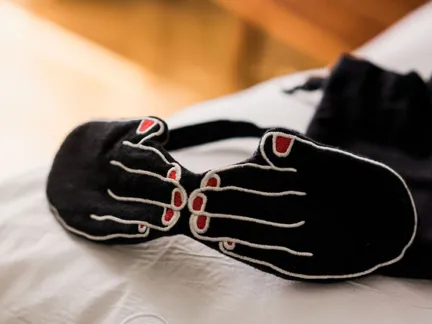
Ponagajbo: I like to travel, but in a slow style with my husband and two sons. We have a camper van. I just feel best when there is this a small space that’s filled with my most important things and people.
Pawlik: Well, it may sound odd, but I am a big collector of those laminated instruction pamphlets you find on planes. I have hundreds of them in different languages from all over the world! If you think about it from a graphic designer’s perspective, it’s an interesting challenge to explain all the dangers and warnings of air travel to customers. Each airline does this its own way. And some of those ways are quite beautiful.
Ręczajski: Michal’s collection is weird! It’s huge. Me? I don’t collect. Actually, collecting makes me unhappy. I don’t like to be overwhelmed by things. I like to get rid of stuff! That works much better for me. I used to travel to a lot of cities. I still like to travel, but now I prefer going up the mountains, lakes, sleeping in the woods. Nature is an important part of my life today.